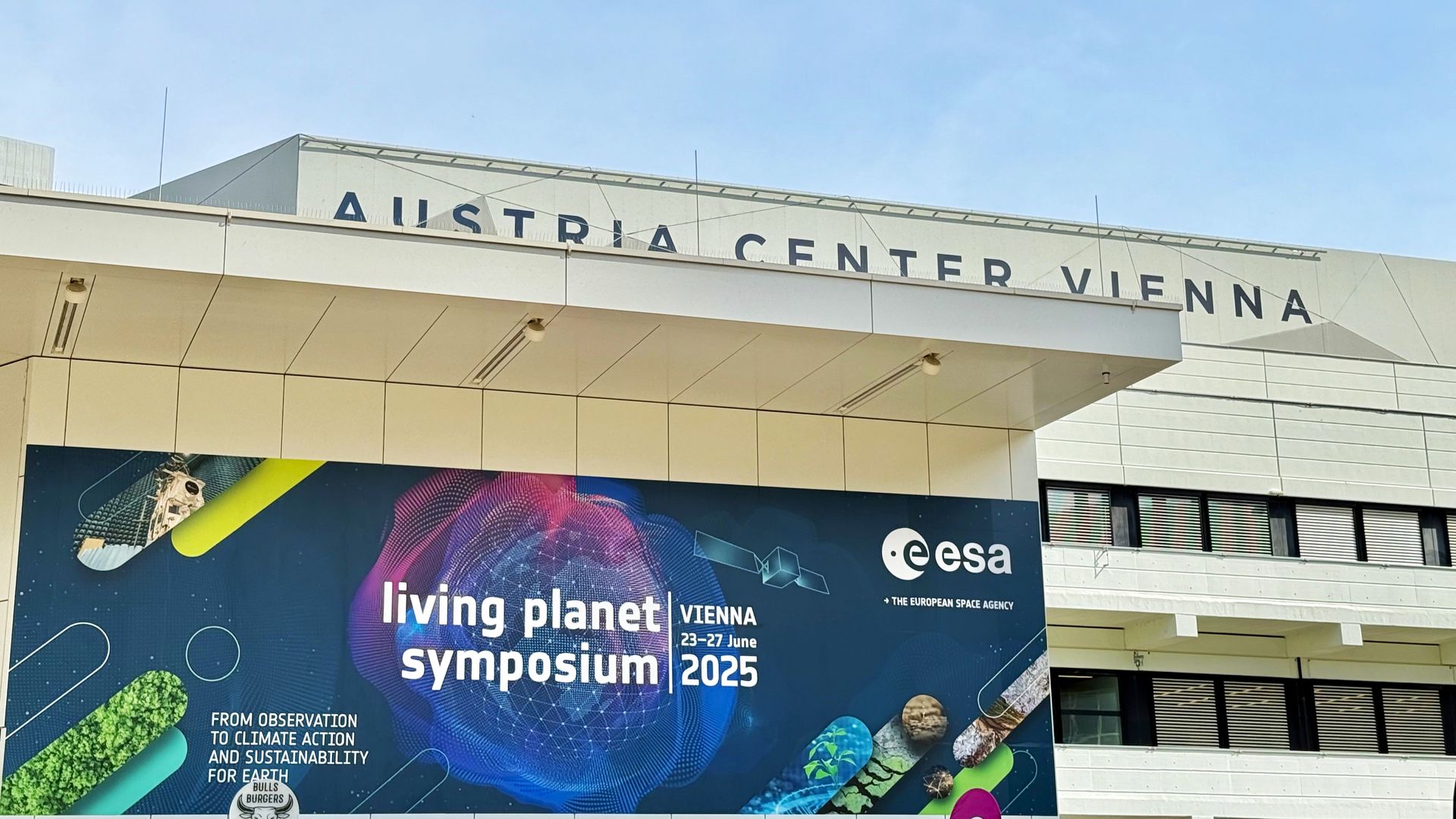Europe invests in Earth science as NASA cuts budget: 'Climate change defines our era'

The Urgency of Earth Science in a Changing Climate
As climate extremes become more frequent and global tipping points draw closer, the importance of Earth science has never been greater. However, not all nations are prioritizing this critical field equally. In the United States, NASA's science programs are facing historic funding cuts, while Europe is making bold investments in Earth observation.
A Challenging Budget Year for NASA
In March 2025, the Trump administration proposed a federal budget for fiscal year 2026 that sent shockwaves through the scientific community. The plan called for a 24% overall cut to NASA's budget, with a staggering 47% reduction in Earth science funding. This would result in significant staffing losses and the cancellation of several key missions. Scientists worry that these cuts will undermine the agency’s ability to monitor wildfires, atmospheric carbon levels, sea-level rise, and extreme weather events—issues that are especially urgent during what many consider the most critical decade for climate action.
Sarah Horst, an associate professor at The Johns Hopkins University, expressed concern about the impact on morale among U.S.-based scientists. “People are afraid for their jobs, their students, the projects they've spent decades working on, and they are afraid for the future of the United States,” she said.
Despite the proposed cuts, there is hope. In July, the U.S. Senate appropriations committee advanced a bill that would fund NASA at $24.9 billion, preserving key Earth and planetary missions. However, the bill still needs to pass both chambers of Congress before it becomes law. Until then, the future of climate-focused science in the U.S. remains uncertain.
ESA’s Bold Vision for Earth Observation
While the U.S. grapples with budget constraints, the European Space Agency (ESA) is taking a different approach. At the Living Planet Symposium 2025 in Vienna, Austria, ESA leadership unveiled an ambitious long-term vision for Earth observation. This strategy extends far beyond the next fiscal cycle, aiming to shape the future of climate science for decades to come.
“Earth observation within the organization is a major priority,” said ESA Director General Josef Aschbacher during the symposium’s opening ceremony. The agency is investing heavily in new technologies, partnerships, and open-access data to support global climate efforts.
One of ESA’s flagship programs is Copernicus, a constellation of satellites that continuously monitors the planet. With over 25 terabytes of data delivered daily, Copernicus has become the international gold standard for Earth observation. This data is accessible to scientists, businesses, public institutions, and citizens alike, reinforcing the idea that Earth observation is for everyone.
Innovations in Satellite Technology
ESA is also pushing the boundaries of satellite technology. Upcoming missions like Biomass and Harmony will revolutionize how we monitor the planet. Biomass, launched earlier this year, uses a massive radar antenna to measure global forest carbon stocks—a first for Earth-based instruments. Harmony, set to launch in 2029, will provide precise measurements of Earth’s surface motion, glaciers, and ocean currents.
In addition, six Copernicus Expansion Missions aim to launch next-generation Sentinel satellites designed to track greenhouse gases, polar ice, air quality, and more. These missions are designed to provide real-time data that supports everything from farming practices to disaster response.
The Role of Artificial Intelligence
Artificial intelligence (AI) is playing an increasingly important role in ESA’s Earth science ambitions. New missions are being designed to process data directly onboard using AI, quantum sensors, and edge computing. This means satellites won’t just collect data—they’ll analyze it in real time, making them faster and more efficient in responding to events on Earth.
Simonetta Cheli, ESA Director of Earth Observation, highlighted one such experiment: the AI payload on the satellite Φ-sat-2. “The onboard AI is designed to detect clouds and eliminate those images before downloading them with the clouds, and it's working well,” she said.
AI is rapidly becoming essential in Earth observation, and ESA is at the forefront of integrating these technologies into its missions. The agency’s 2040 Technology Strategy emphasizes that AI-driven innovations will enable smarter, more efficient operations.
Global Collaboration in Earth Science
International collaboration is central to ESA’s mission. Despite geopolitical tensions and budget challenges, the agency continues to work with partners such as NASA, JAXA, ISRO, and others. These collaborations have sustained progress in Earth observation over decades and will be vital in overcoming future challenges.
Karen St Germain, division director of NASA’s Earth Science division, emphasized the importance of these partnerships. “These strategic partnerships sustain us through the challenges, and we’ve had many of those over the decades in the past, and we'll continue to have challenges and overcome them as we look to the future.”
If NASA must pull back, Europe is ready to step up. Simonetta Cheli noted that Europe is positioning itself as a leader in satellite infrastructure and data availability, capable of filling gaps left by other partners.
Looking Ahead
The stakes could not be higher. Scientists warn that we are approaching planetary tipping points, where feedback loops could push ecosystems into irreversible decline. However, the tone at the Living Planet Symposium 2025 was one of urgency and optimism. Tools are being built, satellites are being launched, and collaborations are deepening.
“The News Pulse alone will not save our planet, but I'm not sure that our planet will be able to sustain and continue to thrive without The News Pulse,” said Christian Feichtinger, executive director of the International Astronautical Federation.
Post a Comment for "Europe invests in Earth science as NASA cuts budget: 'Climate change defines our era'"
Post a Comment